According to Jenny Anson, head of sales at Pocket Living, throughout 2021 there was a “significant increase in home buyers looking for a property that will help them reduce their carbon footprint” and it was a trend she expected with “no doubt” would continue into 2022.
There are a multitude of reasons for this: with the cost of living rising, homeowners are looking for ways to cut costs on energy bills, and with more emphasis being put on the importance of reducing greenhouse gas emissions due to climate change, people want to do their bit to live in a manner that is as eco friendly as possible – so sustainable flats are a sought after living alternative.
However, for landlords and property managers with flats or apartments which haven’t previously adhered to an eco-friendly lifestyle, this news might come as a worry.
But it shouldn’t.
With the right changes, there are a number of ways to change previously standard flats into so-called ethical flats, and transform a previously unsustainable apartment into one which is deemed an energy efficient, environmentally friendly apartment.
Below we list easy ways to transform your flats or apartments into eco friendly homes that are bound to appeal to modern tenants.
The Top 9 Sustainable Apartment Hacks
1. Use Renewable Energy
The first and most important point is to install renewable energy sources where possible. Solar panels are one such source of renewable energy. They’re a great idea for all buildings, but properties which are south facing benefit from generating the most electricity due to receiving the sun at its most powerful point for the longest amount of time.
This is especially useful for property owners signed up to the Smart Export Guarantee Tariff. If you use solar panels or other renewable resources to produce power for your building, you can join the Smart Export Guarantee tariff with a participating energy provider. Under this government scheme, property owners are compensated for any extra electricity that is generated and returned to the National Grid.
If you can’t have solar panels put on your apartment building, it does not negate the possibility of switching to renewable energy. Ecotricity, Bulb, and Octopus Energy, for example, are renewable energy providers. This means that when you join up with them, they work with your present utility company to ensure that all of the energy you consume is from a clean energy source.
2. Use LED Light Bulbs
On the topic of energy, one great way to save energy is to use LED light bulbs. LED light bulbs only use 2-17 watts of energy and last approximately 10 times longer than fluorescents. Not only does that mean they save big time on energy usage, but it also makes them cooler, more durable and cheaper.
And they’re a simple enough switch to implement – just swap out all the halogen bulbs in the building for LED bulbs.
3. Install sustainable white goods
Staying with the energy efficient theme, another often overlooked way to save on energy is to install sustainable white goods in communal areas. Sustainable white goods are those which are designed to reduce energy consumption by as much as 80%.
You can identify energy efficient goods by their energy star ratings. Any white good which is marked as 7 or over – including fridges, washing machines, tumble dryers and dishwashers – is deemed as eco friendly.
Even better, using sustainable white goods will help contribute toward the minimum ‘E’ rating needed on a property’s Energy Performance certificate too.
4. Recommend sustainable washing times
Washing machines produce a vast amount of energy and are often the biggest contributor to water bills. But amazingly, there are small changes which can be implemented that can help washing machines use less energy and help residents to save money – and it’s all to do with wash cycles.
Installing sustainable white goods as mentioned above is one way to reduce energy consumption, but when paired with optimal washing times, both property owners and tenants could see huge differences in their bills.
Remarkably, washing machine use is most energy efficient when washing in cold water and doing so during non-peak hours – between the hours of 6-8a.m. and 8-10pm, on average.
What’s more, once clothes are washed drying racks or clothes lines are a far more environmentally friendly alternative to dryers. Energy use for clothes dryers ranges from 1800 to 5000 watts, making it one of the most energy intensive devices in the home.
If dryers are a necessity, make sure only energy efficient ones are available for use and recommend that residents check for dryness on a regular basis, and remove clothes when they are ready rather than depending on automated operation. Ask that towels and heavier clothing are separated from lighter things when drying them to make the most out of a cycle, and ensure that regular maintenance is scheduled to clean the lint trap and ensure there is no clogged dryer vent.
5. Aim for a zero waste lifestyle by recycling everything
According to a report published by the National Recycling Association, over half of UK households discard at least one or more item that can be recycled, and two-thirds of people aren’t sure which bins to use for what items.
Many people know that recycling is good for the environment, but they may not be aware of all the ways that it benefits eco friendly apartment living. Recycling helps to conserve resources, reduce pollution, and save energy. For example, recycling tin cans requires 95% less energy than producing new cans from scratch. In addition, recycling paper saves trees and reduces the amount of water and chemicals used in the paper-making process. Finally, recycling plastic helps to reduce the amount of oil used in manufacturing new plastic products. By recycling, we can all do our part to support eco-friendly living.
Contact your local council to find out where and what you can recycle. The correct bins should then be supplied to your building, where residents should be encouraged to separate their items into piles for both recycled materials and waste.
Ideally, food waste should also be composted, but this can be a difficult task in a flat or apartment. However, if the building benefits from a communal or local community garden, a shared composter can be a great addition to the area and can encourage residents to come together to recycle their food waste to reap the benefits.
6. Insulation
Insulation is critical. Unfortunately, a lot of energy is lost on poorly constructed, leaky apartment buildings that aren’t properly insulated. That’s why for landlords and property managers it’s imperative that every effort is made to improve the integrity of an apartment building at a structural level .
Double-glazed windows can save you up to 50% on your heating costs. As well as double glazing, use heavy drapes for the windows – they block drafts and store heat in winter and release it in summer.
Double-glazed windows can save up to 50% on your heating costs. As well as double glazing, use heavy drapes for the windows – they block drafts and store heat in winter and release it in summer.
The secret to saving energy is to limit temperature fluctuations. To prevent heating or cooling any unused spaces, ask residents to shut doors to any rooms that aren’t in use and consider installing a programmable thermostat for the building as well. This can be programmed to switch off the heating in periods where the building is at its emptiest (i.e, commuting or working hours), or hottest (i.e in the mid-summer) and to turn it back on when most residents are in their apartments, or during the winter when a constant heat is necessary.
7. Make sustainable decor choices
Furniture that either endures or is made from sustainable materials is classified as sustainable furniture. The answer to exiting a disposable and wasteful culture is to use durable, long-lasting furniture where possible.
Especially resist the urge to replace or redecorate apartments just for the latest in fashion trends. If you need to make a change, consider updating the flat layout or swapping things around instead of replacing them. This prevents waste and encourages recycling.
It’s also best to choose low VOC paints as they contain less volatile organic compounds which are known contributors to harmful pollution and are also capable of reducing indoor air quality.
Meanwhile sustainable materials for furniture and accessories might include choosing products which are made from things like organic cotton, vegan leather, merino wool, repurposed plastic water bottles, or dyes which are made from non toxic chemicals.
Ensure too that where possible residents can access as much natural lighting as possible. Not only does this save on the air conditioning bill and use less lighting power, it’s also great for mental health.
8. Utilise the Internet of Things (IoT)
If you mean business about eco-friendly living in the long run then it might be time to utilise the IoT wherever possible. The IoT is revolutionising a number of industries, but block and property management stand to benefit hugely from the technology as there are now a variety of apps available that can record and analyse different types of data to better suit your needs. If you need a refresher, we’ve written previously about how the internet of things will benefit block management.
In the event that you want to do something about your carbon footprint, Oroeco and Joulebug are ideal tools. Oroeco can be used to measure your carbon impact in terms of electricity usage, leisure, food, and transportation, whilst Joulebug allows you to share your sustainable accomplishments and techniques with other users through videos and consumption and saving statistics.
Plus smart thermostats can be used to regulate temperatures in communal areas, and controlling and configuring automated heating or cooling schedules depending on resident use through smart thermostats can significantly decrease energy consumptions for blocks of flats.
Reducing energy usage lowers energy costs, which can save landlords a lot of money if their properties have numerous or large common spaces that require regular heating or cooling. Smart meters have been shown to encourage homeowners to cut their energy use by 3-15 per cent, by raising awareness of their energy use – which means fantastic savings for both landlords and renters.
9. Encourage resident participation
The sustainability factor of all apartment blocks can go farther if all its residents are enlisted to support the project. A green roof or a vegetable garden are two options. Whilst communal compost heaps, a water tank, and shared sustainable appliances are also viable options.
To make these changes, it’s best to hold meetings designed to collect leaseholder feedback. It’s likely that residents will be keen to share ideas and together the sustainability of the building could be overhauled, with its costs significantly lowered.
If you’re a property manager or landlord, now is the time to start thinking about eco-friendly apartments. Not only are they great for the environment, but sustainable living can also save you money in the long run. At Scanlans Property Management, we specialise in helping property managers and landlords manage their buildings effectively and we have over 25 years of experience managing apartment buildings of all shapes and sizes. Contact us today to learn more about our services and how we can help you make your building more sustainable.

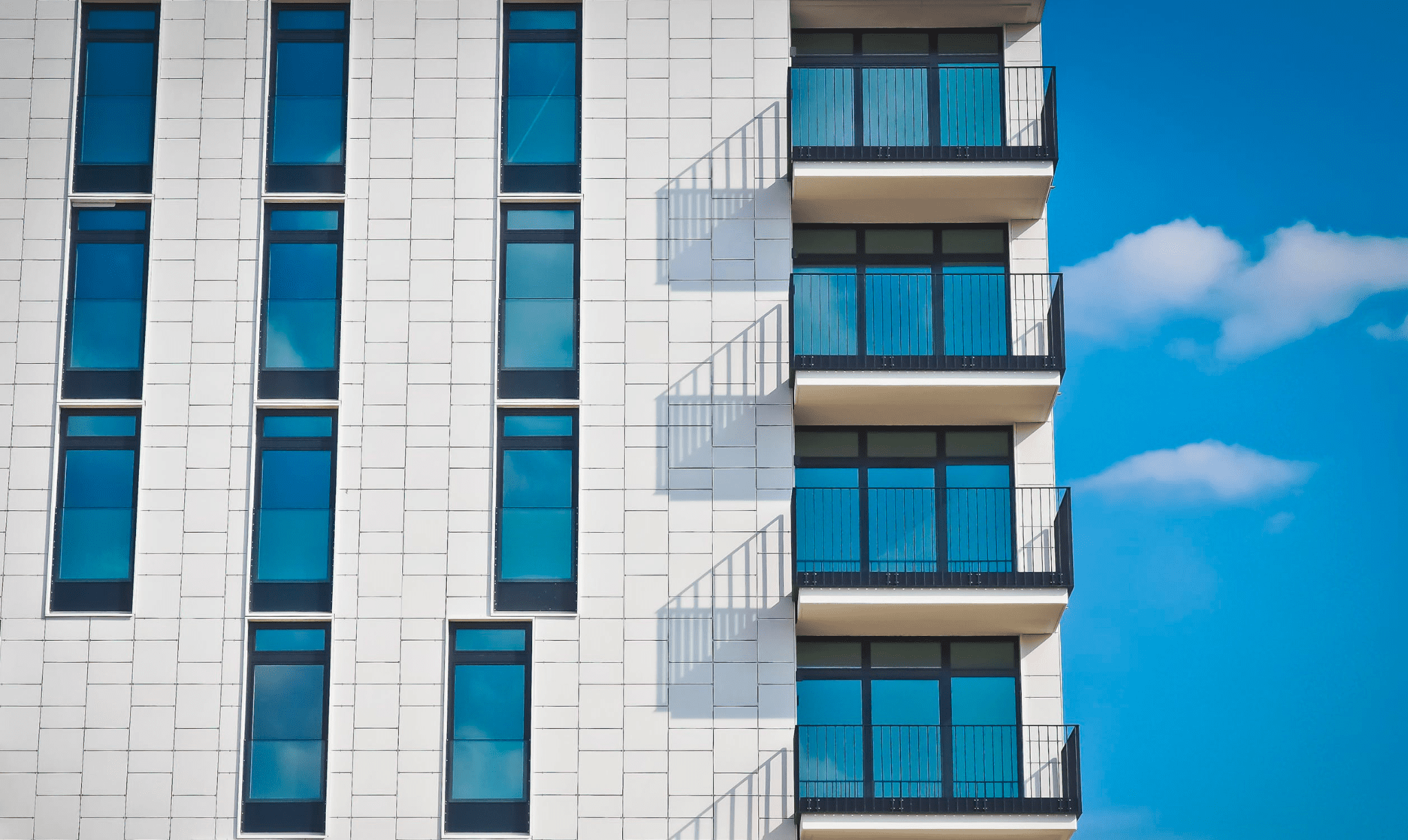
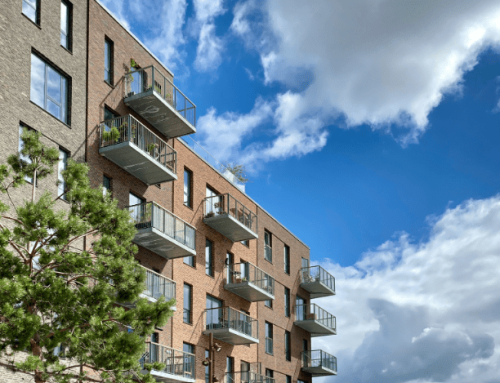
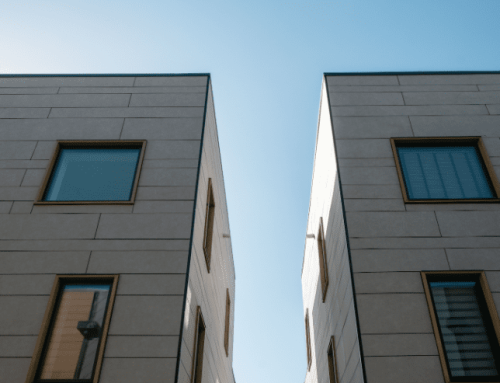
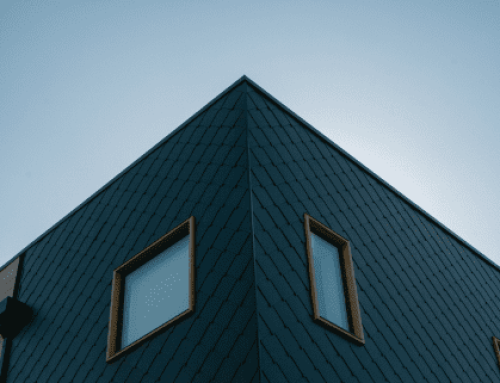
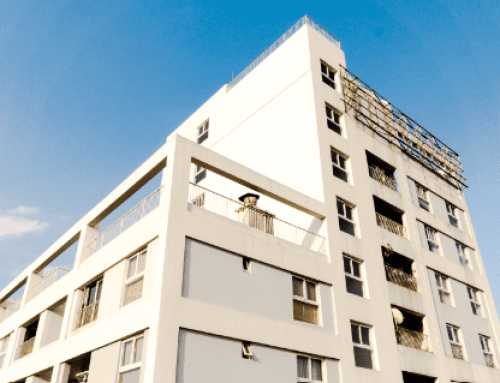
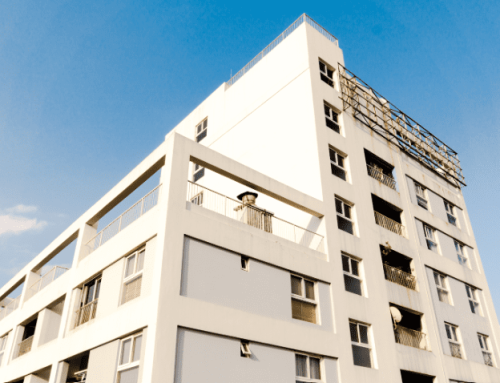



Leave A Comment
You must be logged in to post a comment.